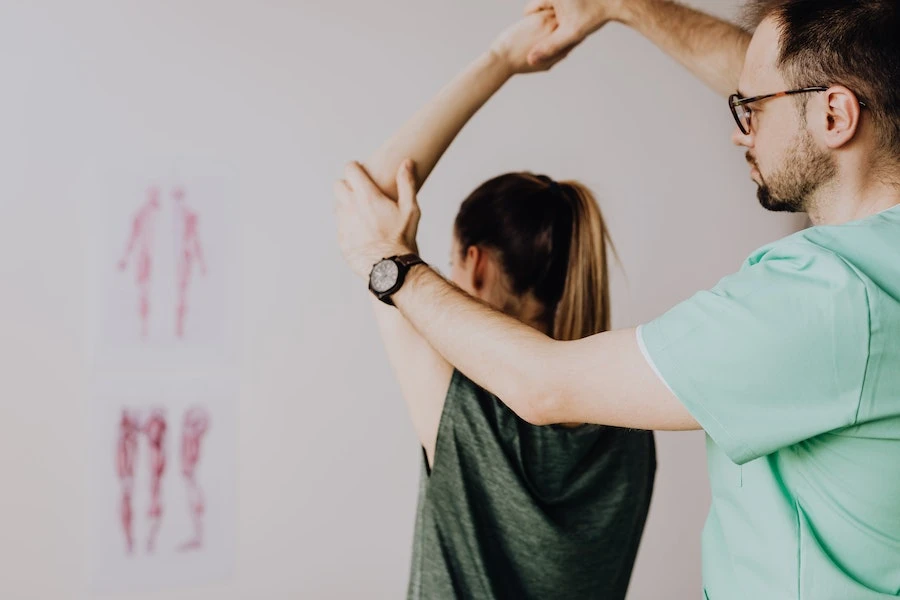
Millions of people worldwide suffer from chronic pain, with arthritis and joint-related issues being common culprits. While numerous treatments and remedies exist, heating pads have been a long-standing and effective method for managing pain and discomfort. In this article, we will explore the therapeutic advantages of heating pads for arthritis and joint pain management, as well as the overall benefits of heating pads for your body.
Understanding Arthritis And Joint Pain
Arthritis is an umbrella term referring to the inflammation and degeneration of joints. It comes in many forms, such as osteoarthritis, rheumatoid arthritis, and gout, affecting people of all ages. Joint pain, on the other hand, can result from various factors, including injury, strain, and overuse. Both conditions often lead to chronic pain, reduced mobility, and a decreased quality of life.
The Science Behind Heat Therapy
Heat therapy, or thermotherapy, involves applying heat to an affected area to alleviate pain and inflammation. Heat stimulates blood flow, delivering oxygen and nutrients to the painful area, promoting healing and relaxation. It also helps in reducing muscle spasms and increasing the flexibility of tendons and ligaments, further contributing to pain relief.
Benefits Of Heating Pads For Your Body
Heating pads come in various forms, such as electric, microwaveable, and chemical. They offer a convenient and effective way to administer heat therapy at home. The benefits of heating pads for your body extend beyond arthritis and joint pain management:
- Muscle relaxation: Heating pads help soothe tight muscles and alleviate tension, especially in the neck, shoulders, and back.
- Improved flexibility: By increasing blood flow and warming up the muscles, heating pads can enhance flexibility and range of motion.
- Post-workout recovery: Using a heating pad after exercise can aid in muscle recovery, reducing soreness and stiffness.
- Stress relief: The warmth and comfort provided by heating pads can help reduce stress and anxiety, promoting relaxation and mental well-being.
Heating Pad Tips And Precautions
To ensure optimal results and safety, consider the following tips when using a heating pad:
- Choose the right type: Select a heating pad that suits your needs and preferences, considering factors like size, material, and temperature control options.
- Apply heat for 15-20 minutes: Avoid using a heating pad for more than 20 minutes at a time, as prolonged heat exposure can cause skin irritation or burns.
- Use a barrier: Place a cloth or towel between your skin and the heating pad to prevent direct contact and potential burns.
- Avoid sleeping with a heating pad: Falling asleep with a heating pad can lead to burns or overheating. Opt for a heating pad with an auto-shutoff feature for added safety.
In Short
Heating pads provide a safe, effective, and non-invasive way to manage arthritis and joint pain. By promoting relaxation, improving circulation, and enhancing flexibility, they can significantly improve the quality of life for those suffering from chronic pain. However, it’s essential to use heating pads correctly and consult a healthcare professional if pain persists or worsens.




















